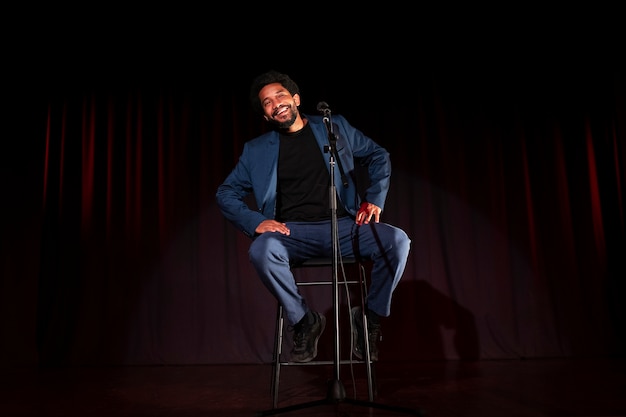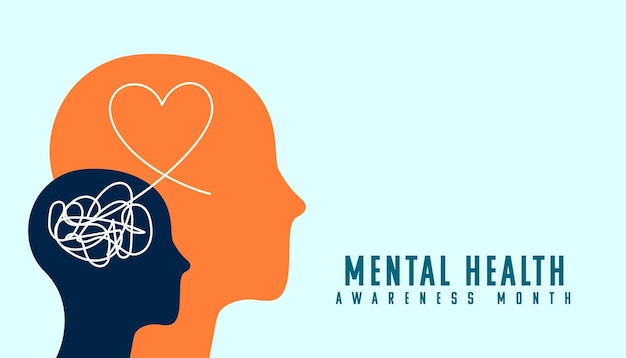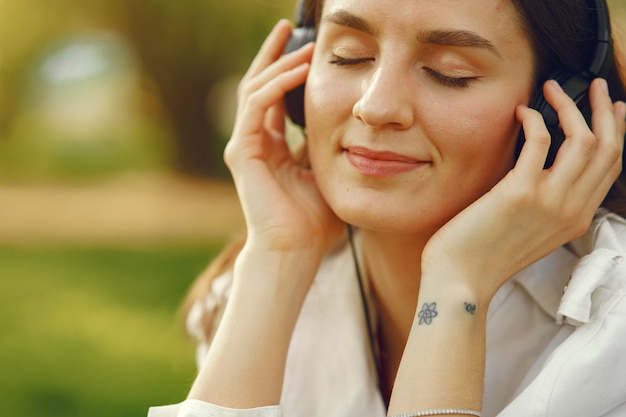The phrase 'I'm thrilled' carries more weight than it might first appear. It’s not just a casual expression of happiness—it signals genuine excitement, anticipation, and emotional elevation. Whether it's a commuter looking forward to a smoother drive after a bridge reopens, an actor announcing a new project, or an athlete returning to a major competition, saying 'I’m thrilled' reflects a deep sense of joy and optimism.
When someone says, 'I'm thrilled,' they're often expressing more than just surface-level happiness. This phrase typically emerges during pivotal life moments—achievements, reunions, breakthroughs, or new beginnings. Psychologically, excitement like this activates the brain’s reward system, releasing dopamine and reinforcing positive associations with progress and connection.
For example, Macon commuters expressed being thrilled about the reopening of the Bass Road Bridge. After months of detours and delays, the restoration of normal travel routes wasn’t just convenient—it symbolized relief and improved daily life. Their excitement reflects how infrastructure impacts emotional well-being.

A smoother commute can bring real joy—especially after long delays.
In the entertainment and sports worlds, 'I’m thrilled' often marks significant career developments. Actress Sunny Leone used the phrase when announcing a new biopic collaboration, highlighting her enthusiasm for a story she finds meaningful. This kind of excitement isn’t just promotional—it reveals personal investment in creative work that resonates beyond fame or profit.
Similarly, competitive eater Joey Chestnut declared he was 'thrilled' to return to the Nathan’s Famous Hot Dog Eating Contest. For him, the event represents tradition, challenge, and public recognition. His excitement underscores how personal passion and professional identity often intertwine.

Creative projects can spark genuine excitement, especially when they align with personal values.
Sometimes, 'I’m thrilled' emerges from introspection rather than external events. Actress Lorraine Bracco once said she was 'thrilled to be alive' at 70—a powerful statement about resilience, health, and gratitude. In this context, thrill isn’t tied to achievement but to presence and perspective.
Aging, recovery, or overcoming hardship can shift what we find thrilling. The joy may come from simply being able to walk, travel, or spend time with loved ones. This reframing of excitement is central to emotional wellness and long-term happiness.
Excitement doesn’t always come without complexity. A letter to 'Dear Abby' revealed a woman who was thrilled about her sister’s engagement—but also secretly jealous. She was happy for her sibling, yet struggled with feelings of guilt and comparison.
This duality is common. Major life events—weddings, promotions, births—can trigger both joy and insecurity. Acknowledging mixed emotions doesn’t diminish the thrill; it deepens authenticity. Learning to sit with both excitement and envy, pride and sadness, is part of emotional maturity.
The key is not to suppress the thrill, but to explore what lies beneath it. Are we comparing ourselves? Feeling left behind? Recognizing these layers helps us respond with compassion—toward others and ourselves.
In a world that often emphasizes constant productivity, taking time to truly feel thrilled matters. Here are a few ways to honor those moments:

Journaling can help you process both joy and complex emotions.
Whether it’s a $15.6 million investment in a river ferry, a marathon runner representing a cause, or a personal milestone like turning 70, the phrase 'I’m thrilled' connects us to what truly matters. It’s a declaration of presence, hope, and human connection.
So the next time something excites you—big or small—don’t downplay it. Say it with confidence: I’m thrilled. Because joy, in all its forms, deserves to be celebrated.

Wellness

Wellness

Wellness

Wellness

Health

Health

Wellness

Health

Health

Health

Health

Wellness

Health

Fitness

Health

Health